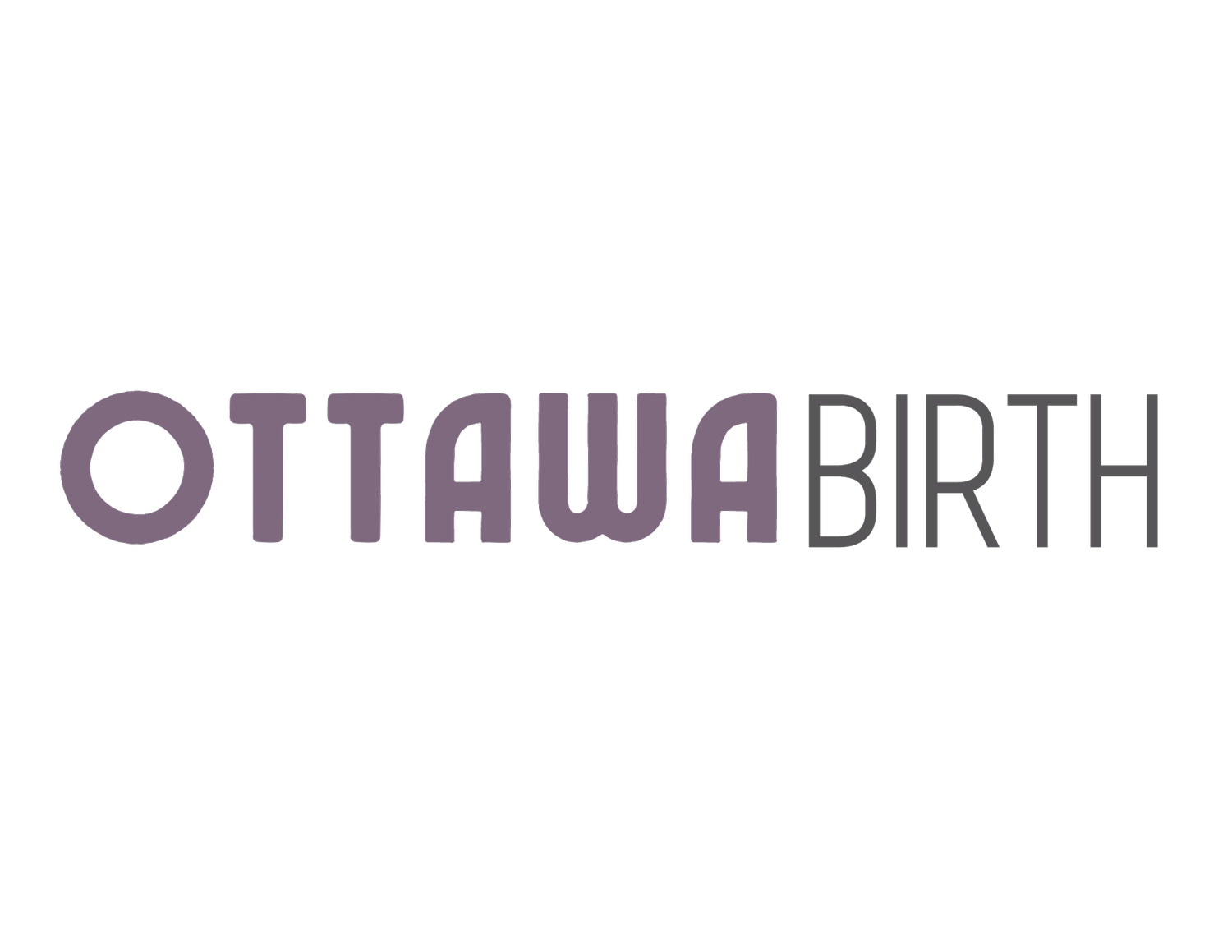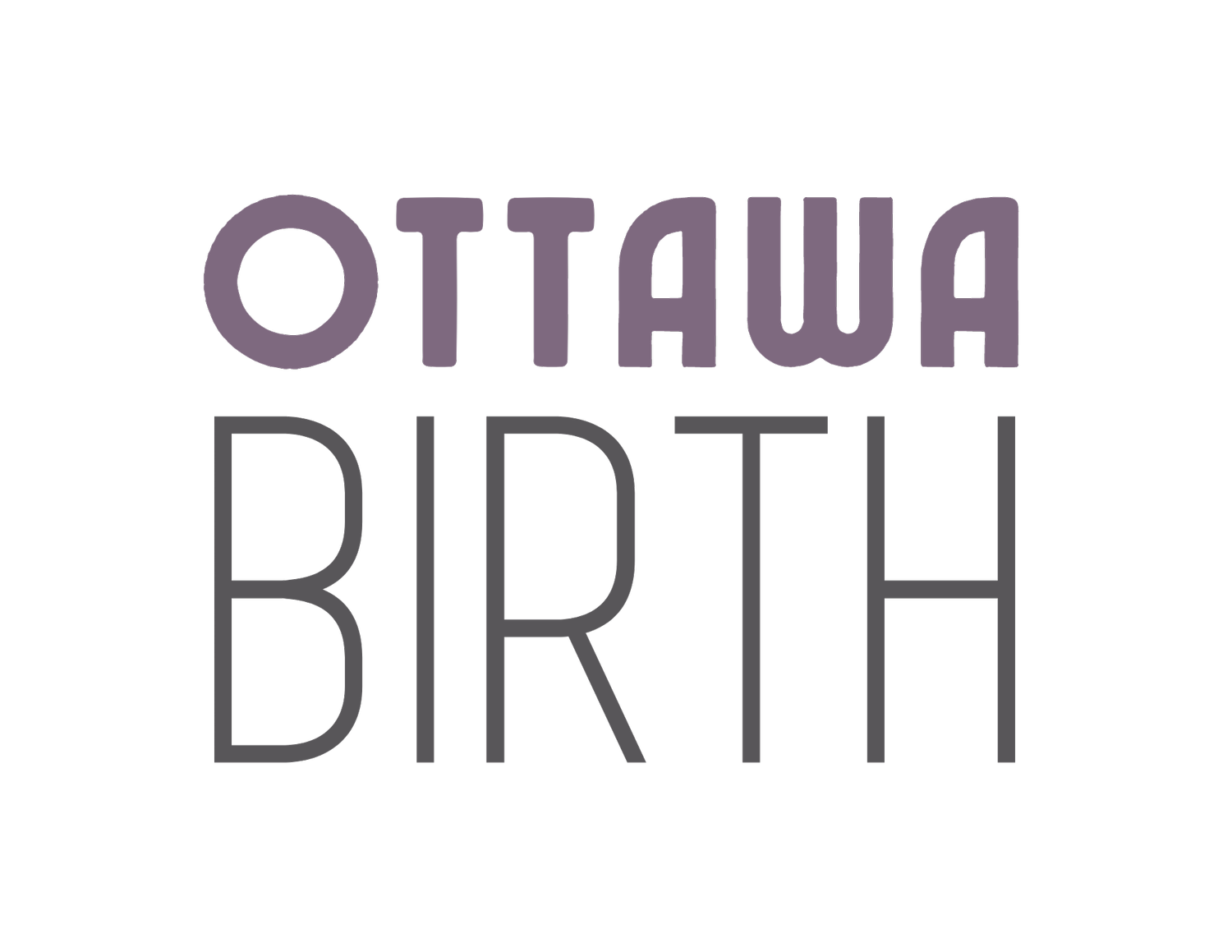Stages of Labour
Labour is an awe-inspiring process, but it can also be a little daunting for expectant parents. Knowing what to expect can help make the experience feel a little less overwhelming. This post will outline the different stages and phases of labour, so that you'll be prepared for each step of the way. Labour doesn't have to be scary – with careful preparation, you can approach it feeling confident and excited!
The first stage of labour consists of 3 different parts, which we refer to as phases: early labour, active labour, and transition.
Early labor is the first stage of labor and delivery when your cervix thins and begins to open. Early labor can last anywhere from a few hours to a few days. The longest part of of the first stage is early labor. During this phase, your contractions are further apart and generally not very strong, and you dilate from 0-5 cm.
The second phase of the first stage of labour is active labour. You'll know you're in active labor when your contractions are more regular and are about 4 minutes apart, lasting an entire minute for an hour. During active labour your cervix will dilate from 6-8 centimeters. Active labor usually lasts for 8-12 hours.
The final phase of the first stage is called transition. This is when your cervix dilates from 8-10 centimeters. Transition is often the shortest but most intense part of the first stage. It can last for 1-2 hours or even less. Although it's different for everyone, you'll likely know you're in transition when your contractions become even more intense and closer together. You may also feel an overwhelming urge to push. Despite how difficult the first stage can be, remember that you are so much closer to meeting your baby.
The second stage of labor is when you will actually give birth to your baby. You will likely feel a sense of relief and elation as you finally meet your little one after hours (or even days) of hard work. However, the second stage is not over until your baby has been born. This can be a lengthy process, and you may be exhausted by the time it is all over. It is important to trust your body and listen to your care team during this stage. They will guide you through each contraction and help you determine when it is time to push. You may feel a sense of urgency as the end nears, but remember to take your time – you are almost there!
The third stage of labour is the delivery of the placenta. For most women, the delivery of the placenta is relatively straightforward and uneventful. However, it is important to be aware of the potential complications that can occur. The most common complication is retained placenta, which occurs when the placenta is not completely expelled from the womb. This can cause heavy bleeding and is a serious medical emergency. If you are experiencing heavy bleeding or any other difficulties during the third stage of labour, it is important to seek medical help immediately. With proper medical care, the vast majority of women will safely deliver their baby and Placenta without any complications.
Congratulations on your pregnancy! We hope this blog post has been helpful in understanding the stages and phases of labour. If you have any questions or would like more information, please read our other blogs about pregnancy and birth. We wish you a safe and healthy delivery!


